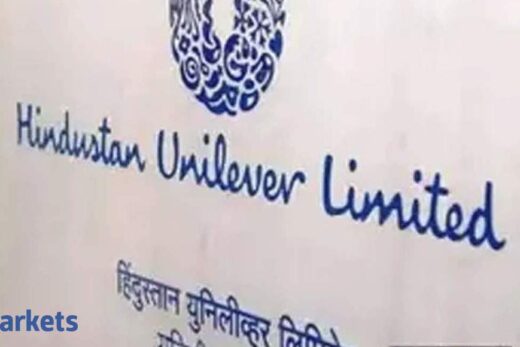The Reserve Bank of India (RBI) board is now considering such a proposal as the existing limit of Rs 90,630 crore has been exhausted. An additional limit of up to Rs 40,000 crore may be added.
RBI did not respond to ET’s query.
“VRR is a potential source of bringing in foreign money into local debt securities,” said Jayesh Mehta, country treasurer at Bank of America. “There is a fair chance that the central bank would raise the limit. VRR, unlike normal debt purchases has certainty on flows, with global investors scouting for higher yields unavailable in the developed economies.”
The US Treasury benchmark is yielding 1.64% compared with the Indian benchmark bond at 6.34%.
With a fairly stable rupee, international investors seek to gain from the differential with limited currency covers.
An increase in the VRR limits generally comes at the end of the year, depending on its usage. However, this time investors used up the facility well in advance amid higher global demand for local papers.
To be sure, such demand is in stark contrast to other categories of debt investments.
Under overall limit categories both general and long-term overseas investors utilised just about 15.52-36.73% of central bank securities, show data from Clearing Corporation of India (CCIL). The utilisation is abysmally low in case of state government bonds.
“After its introduction, the VRR has steadily garnered inflows when compared with other routes,” said Sriram Krishnan, managing director –Deutsche Bank India. “In the past few weeks, we have received client enquiries around a possible increase in VRR limits, as there is currently no availability.”
For corporate bonds, eligible foreign investors used up just about one fifth of the total limits.
“The potential inclusion of Indian government bonds in global indices, and the fact that VRR can help prevent sudden shocks in the form of significant outflows, make a good case for a further increase in limits,” said Krishnan.
VRR was recommended in October 2018 to bring in long-term funds into debt assets. The move was expected to shield the rupee against a strengthening dollar.
VRR offers higher operational flexibility against the commitment of a minimum holding period and is seen as mitigating the risk of rupee volatility. This route can be utilised for investment in government securities and corporate bonds with a minimum cap of three years during which overseas investors cannot exit.
Fully Accessible Route or FAR is a new route for all non-Indians.
The authorities are also weighing options between FAR and VRR as they assess the global demand for local debt papers, sources said.
FAR enables non- resident investors to invest in specified government securities without any ceiling limits.



